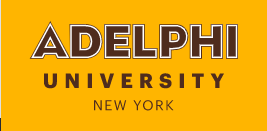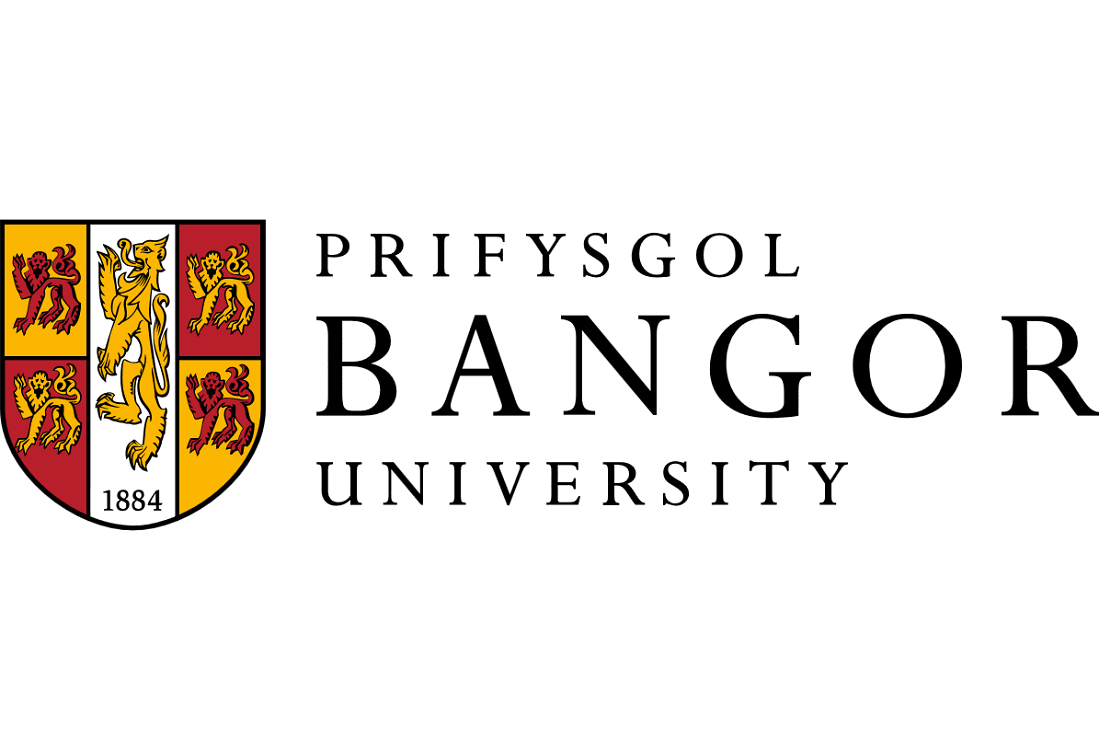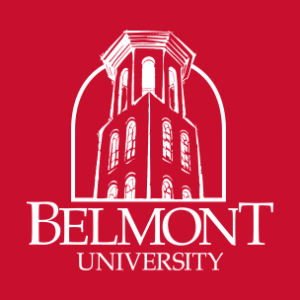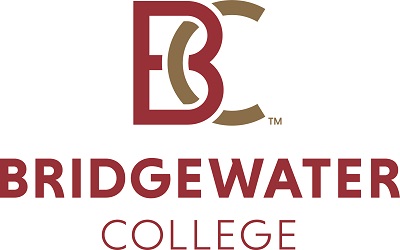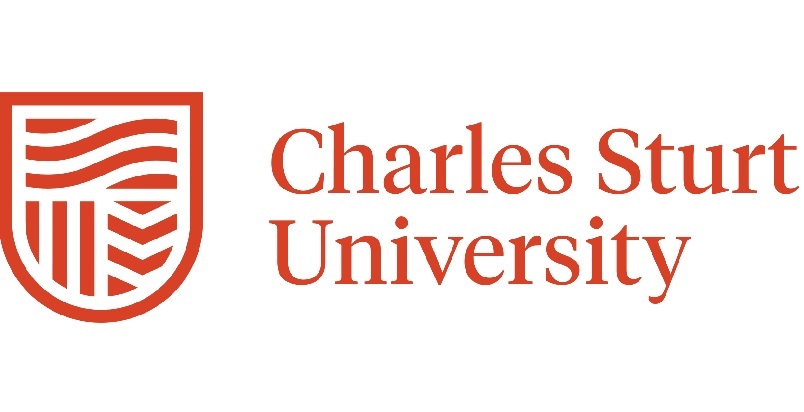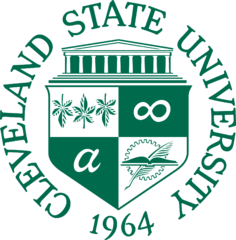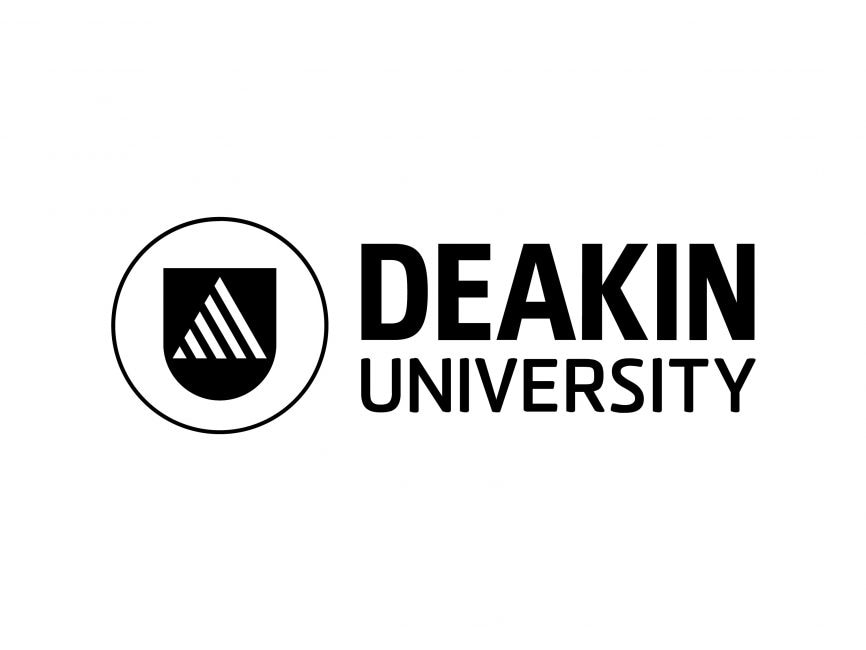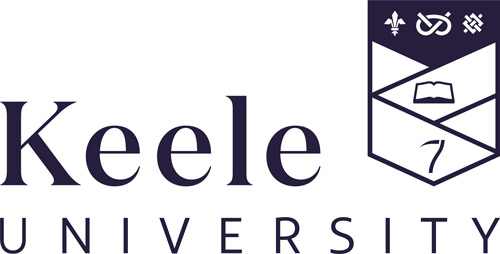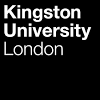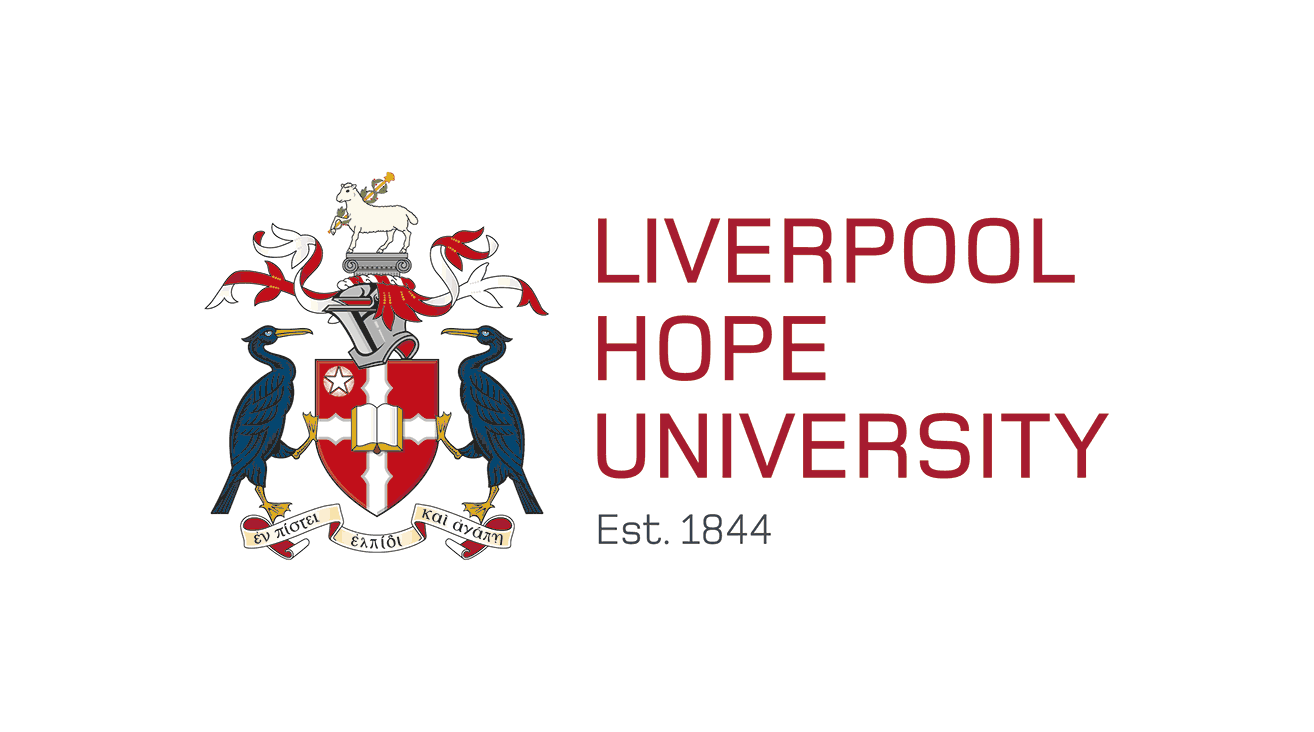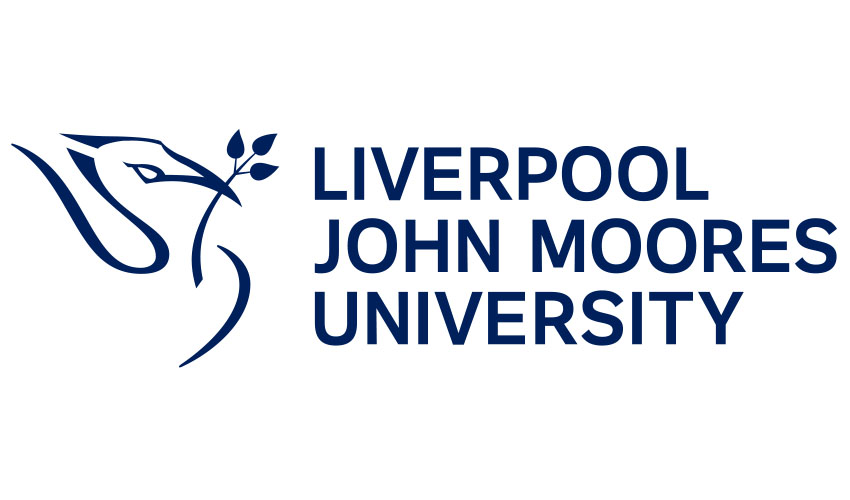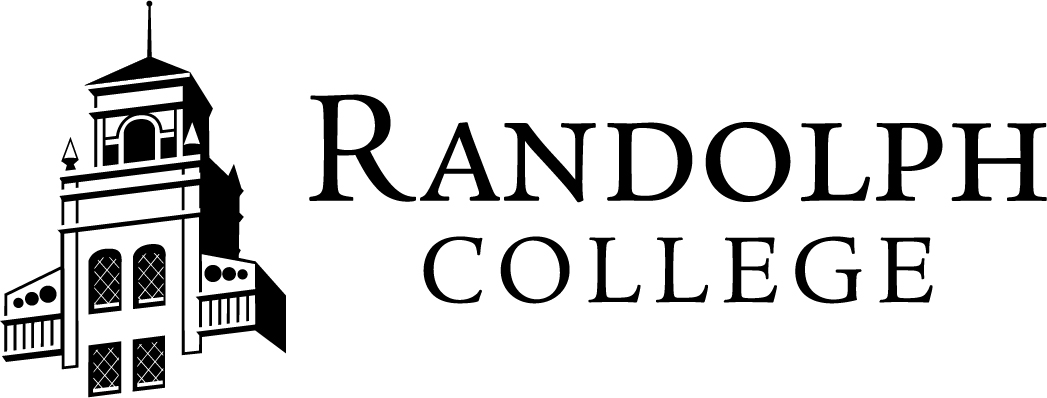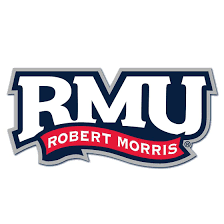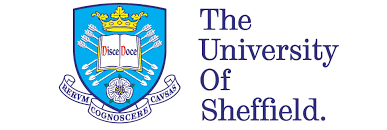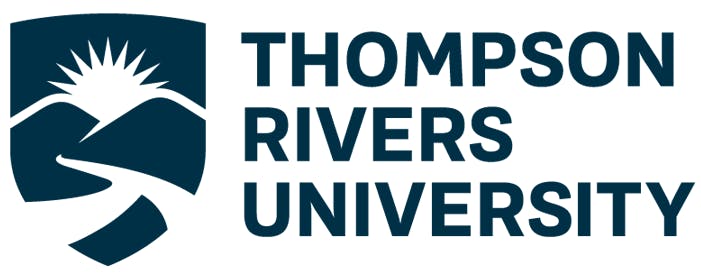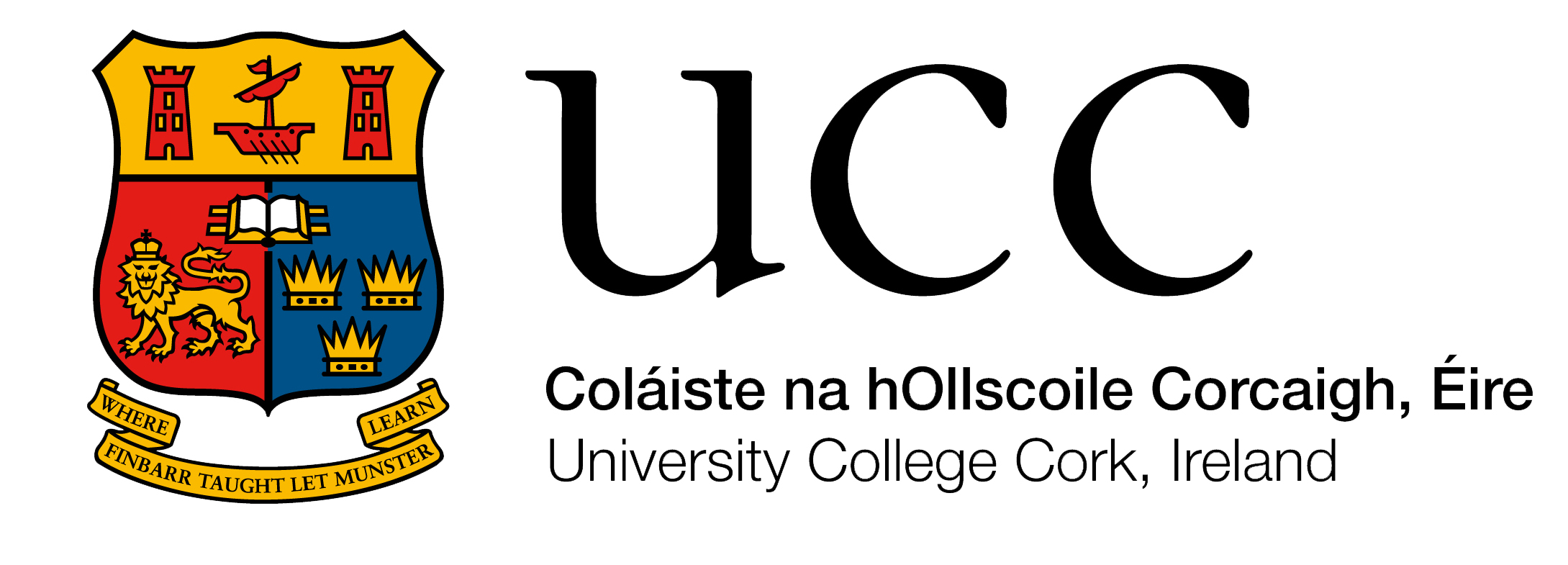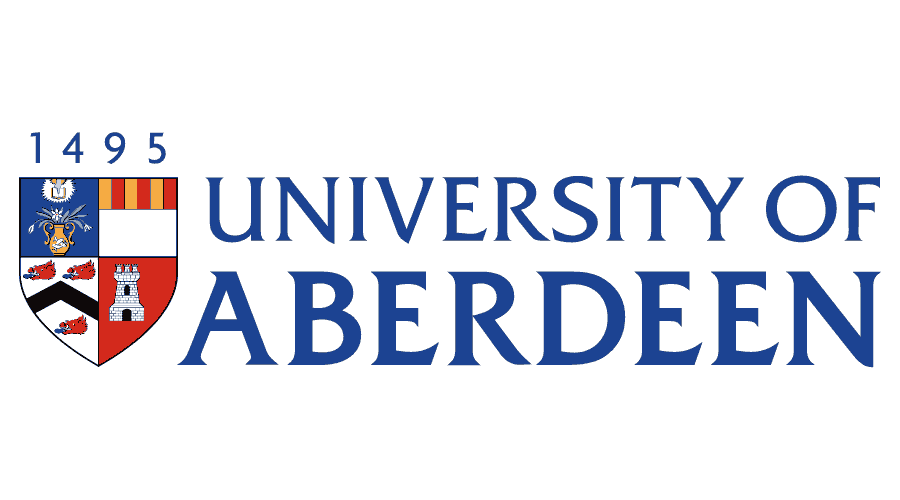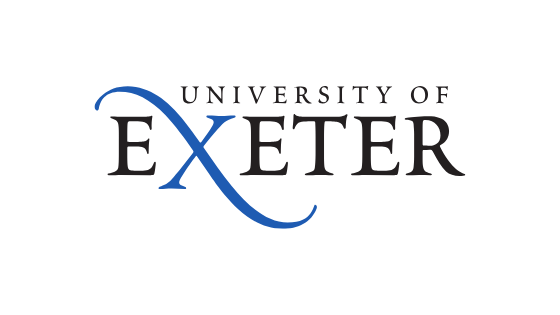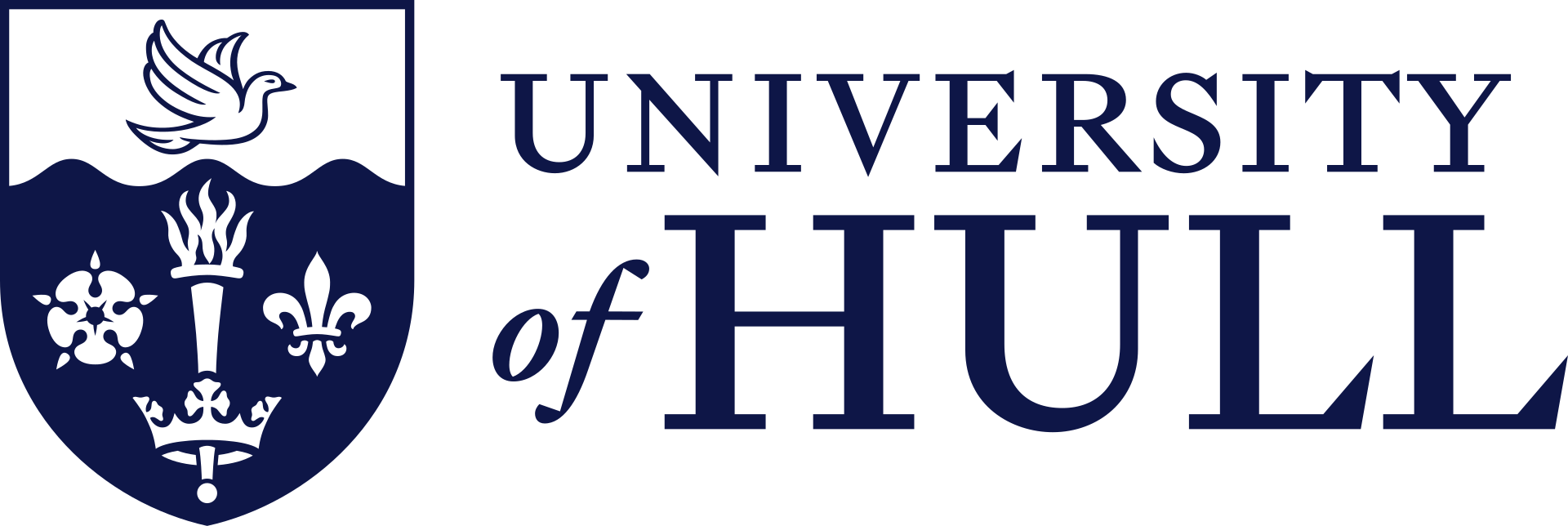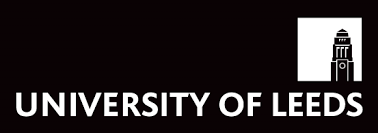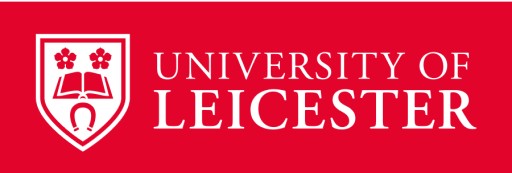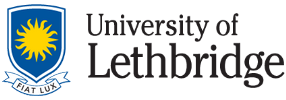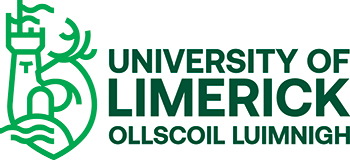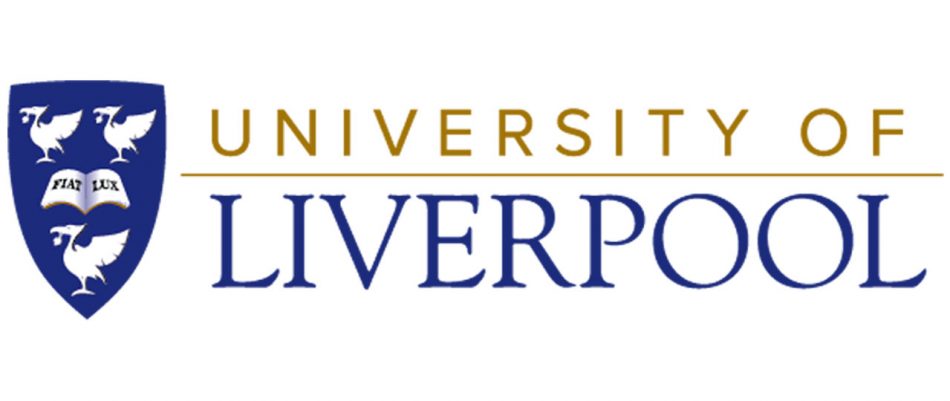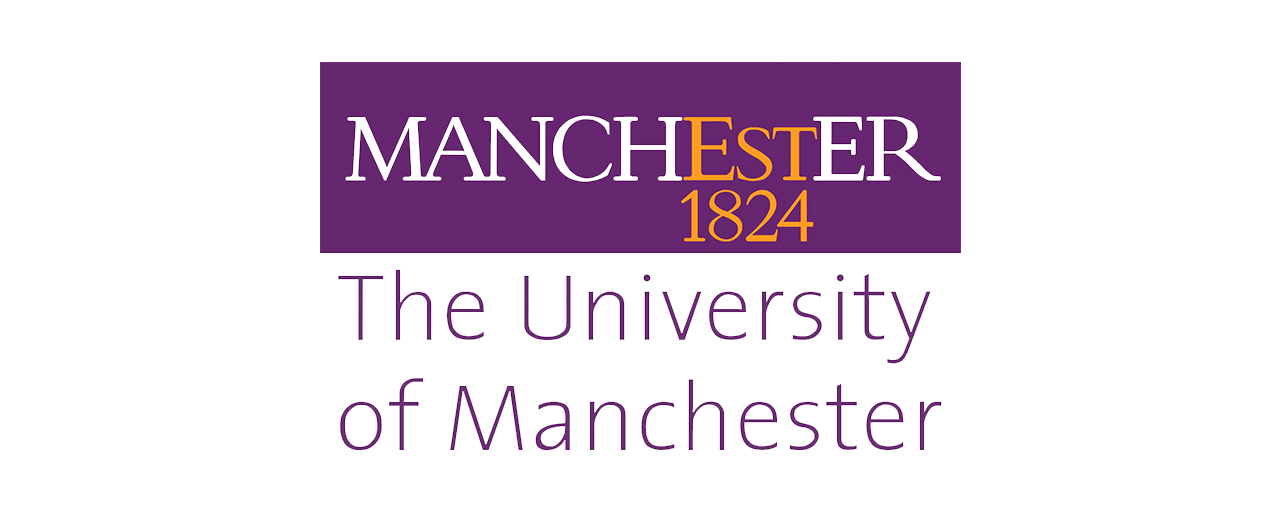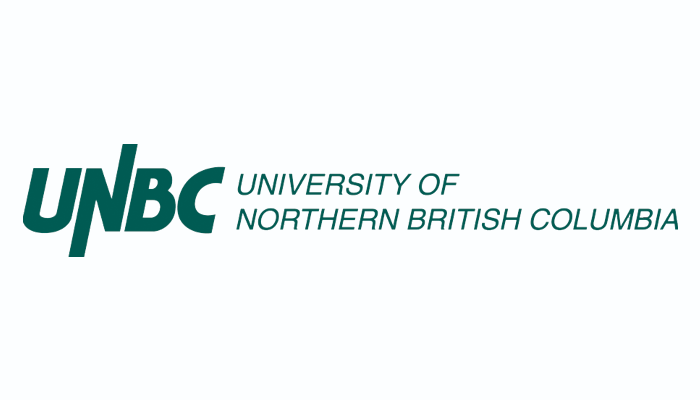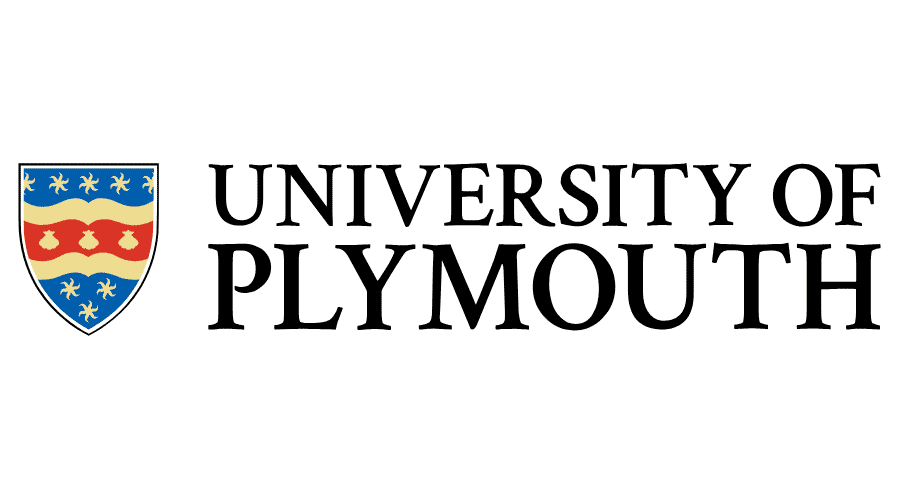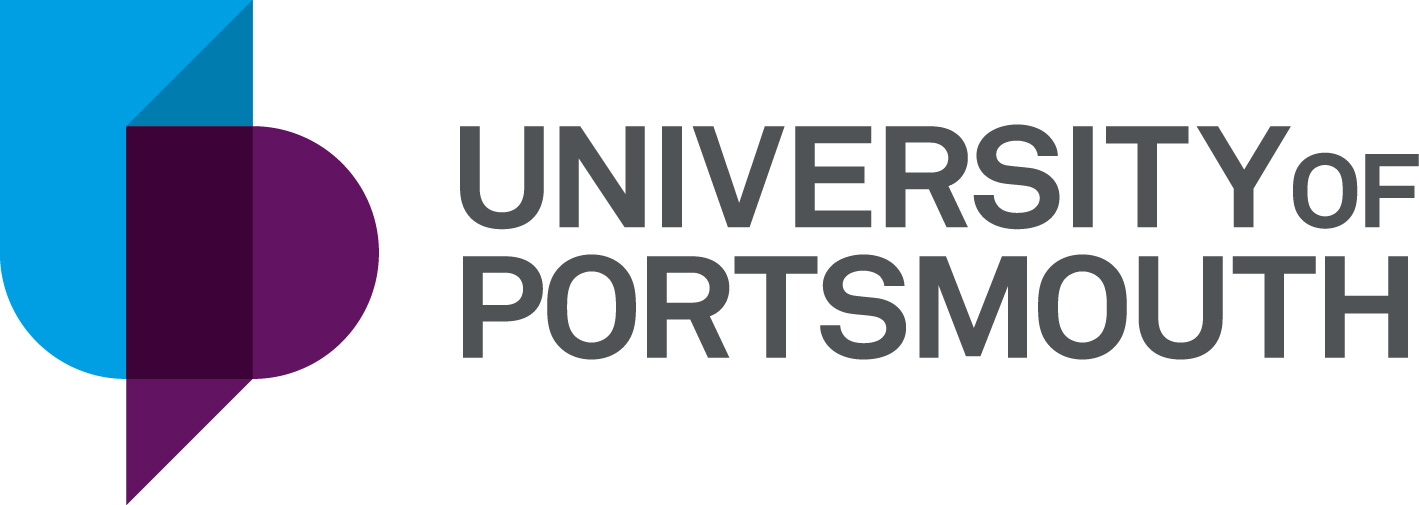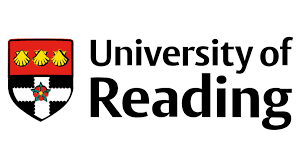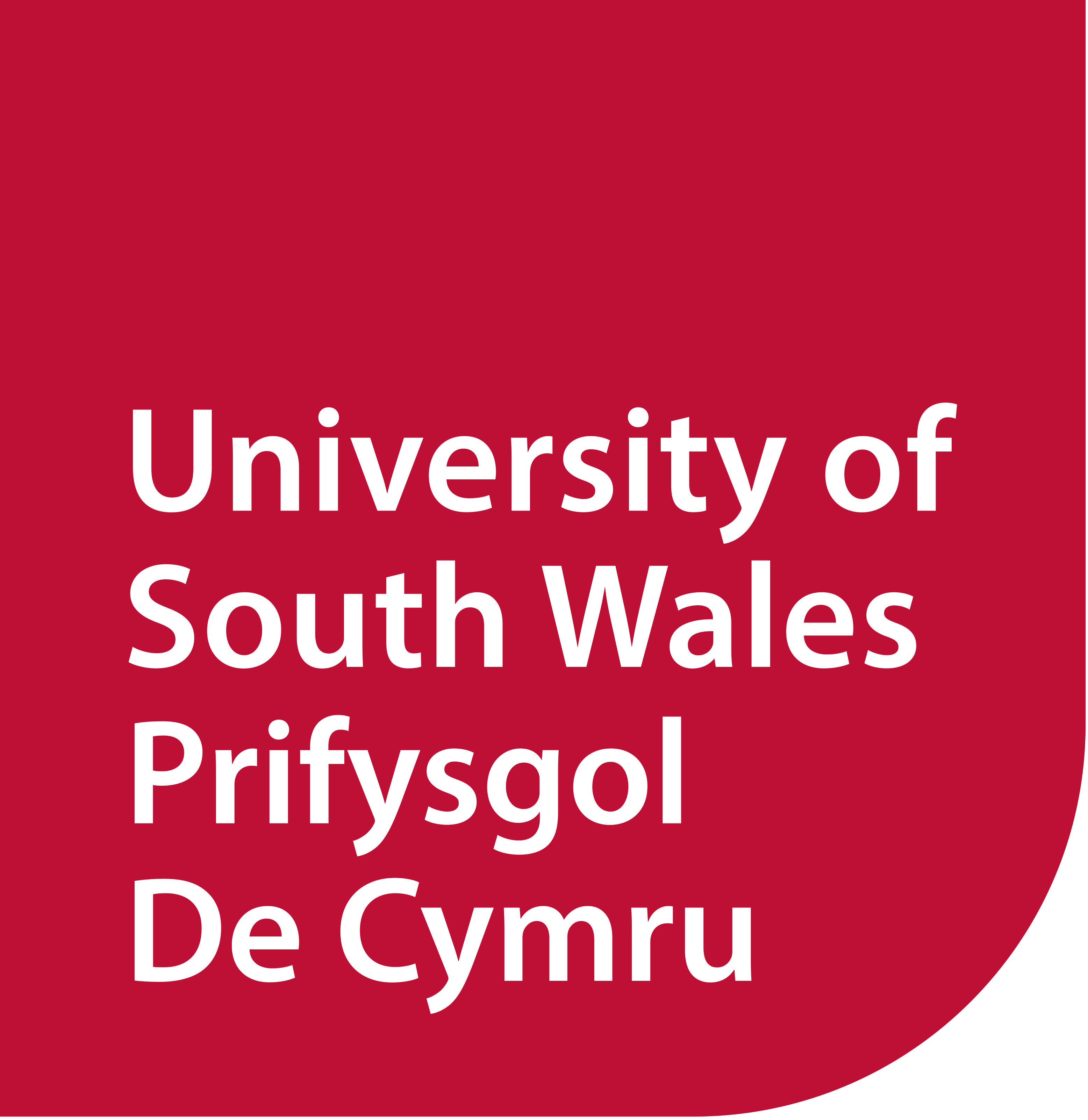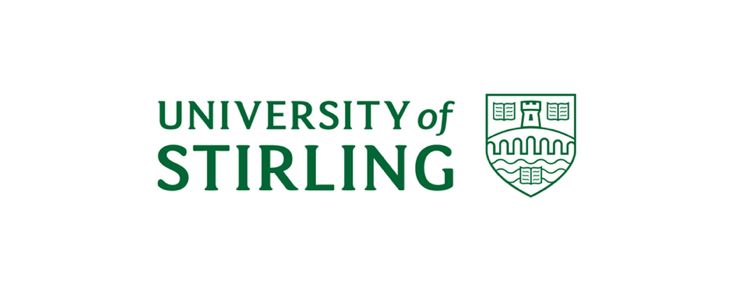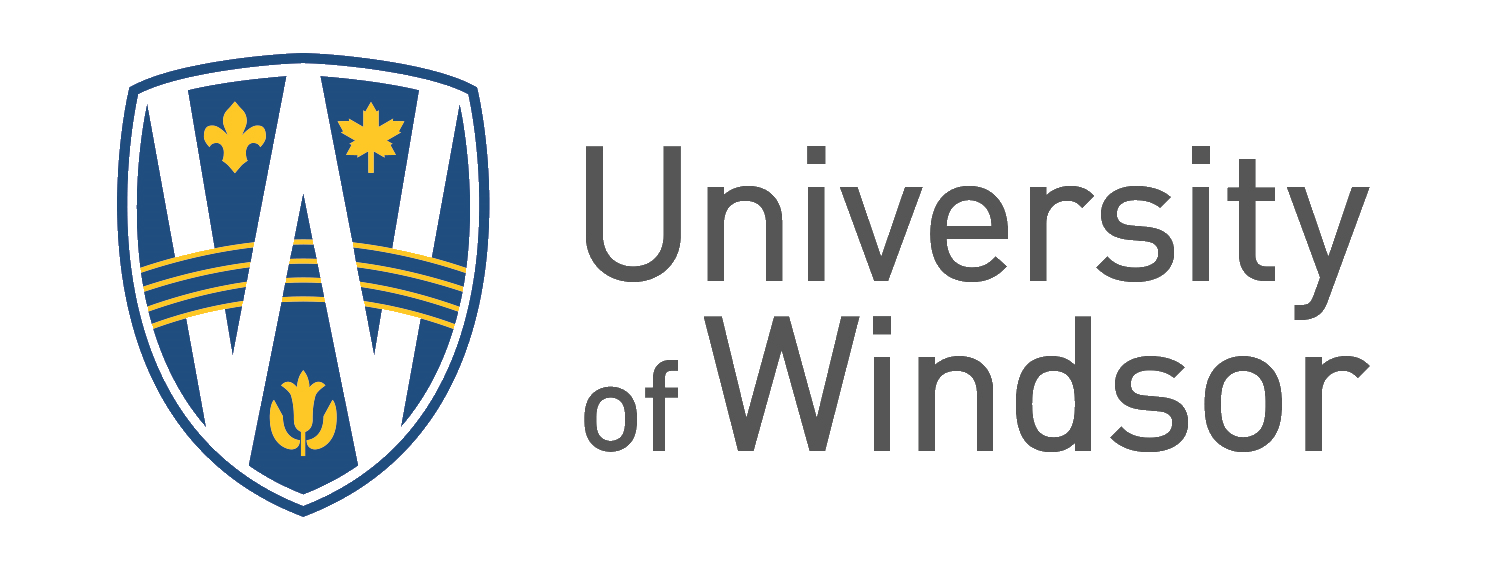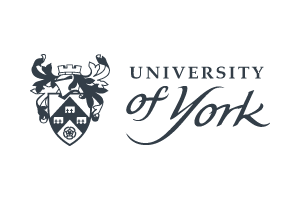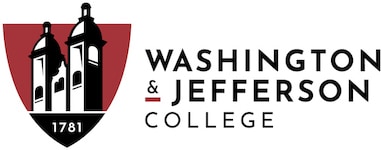Environmental Science: Study Abroad Opportunities for Indian Students
Are you passionate about protecting our planet and addressing environmental challenges? Environmental Science is an interdisciplinary field that combines biology, chemistry, geology, and social sciences to study the environment and human impact on it. For Indian students, studying Environmental Science abroad offers a unique chance to gain global insights into sustainability, climate change, and conservation—issues that are critically important in India, from air pollution in Delhi to water scarcity in rural areas. With world-class universities and research opportunities, pursuing this degree abroad can equip you with the skills to make a real difference back home or internationally.
Why Choose Environmental Science Abroad?
India faces pressing environmental issues like deforestation, urban pollution, and climate vulnerability. Studying abroad in Environmental Science exposes you to cutting-edge research and innovative solutions not always available locally. Here's why it's a smart choice:
- Global Perspective: Learn from diverse ecosystems, such as rainforests in Australia or polar regions in Canada, broadening your understanding beyond India's contexts.
- Advanced Facilities: Access state-of-the-art labs, field stations, and GIS (Geographic Information Systems) technology for hands-on learning.
- Interdisciplinary Approach: Courses integrate policy, economics, and technology, preparing you for multifaceted careers.
- Sustainability Focus: Many programs emphasize renewable energy and green technologies, aligning with India's goals like the National Solar Mission.
- Networking Opportunities: Collaborate with international experts and NGOs, boosting your resume for global roles.
For Indian students, the added benefits include exposure to English-medium instruction, cultural adaptation skills, and the potential for post-study work visas in countries like Canada or Australia.
Top Destinations for Environmental Science Programs
Choosing the right country can enhance your learning experience. Popular destinations offer strong programs tailored to international students, with scholarships for Indians. Below is a table comparing key options:
| Country | Top Universities | Program Highlights | Average Tuition (INR per year) | Visa & Work Opportunities |
|---|---|---|---|---|
| USA | University of California, Berkeley; Yale University | Focus on climate modeling and policy; extensive fieldwork in national parks | 20-40 lakhs | OPT for 1-3 years post-study work |
| Canada | University of British Columbia; University of Toronto | Emphasis on Arctic ecology and indigenous knowledge; co-op programs | 15-30 lakhs | PGWP up to 3 years; pathways to PR |
| UK | Imperial College London; University of Oxford | Strong in environmental economics and urban sustainability; short 1-year MSc | 18-35 lakhs | Graduate Route visa for 2 years |
| Australia | University of Melbourne; Australian National University | Research on biodiversity and coral reefs; marine science electives | 20-35 lakhs | Post-study work visa up to 4 years |
| Germany | Technical University of Munich; University of Freiburg | Low/no tuition; focus on renewable energy and EU environmental laws | 5-15 lakhs (mostly living costs) | 18-month job search visa |
These countries welcome Indian students with dedicated support services, including orientation for cultural adjustment and career counseling.
Course Structure and Curriculum
Environmental Science programs abroad are typically offered as Bachelor's (BSc, 3-4 years), Master's (MSc, 1-2 years), or PhD levels. The curriculum is designed to build a strong foundation while allowing specialization. A typical BSc in Environmental Science includes:
- Core Modules: Introduction to Environmental Systems, Ecology, Atmospheric Science, and Soil and Water Resources.
- Laboratory and Fieldwork: Hands-on experiments in pollution analysis and ecosystem surveys, often including international field trips.
- Electives: Choose from Climate Change Mitigation, Environmental Policy, or Sustainable Agriculture—relevant for India's farming challenges.
- Research Project: Capstone thesis on topics like urban green spaces in megacities, mirroring Mumbai or Bangalore.
For Master's students, programs delve deeper into advanced topics like remote sensing for deforestation monitoring or environmental impact assessments (EIA) for infrastructure projects. Many courses incorporate case studies from developing nations, helping Indian students relate global theories to local issues like the Ganges River pollution.
Assessment methods include exams, group projects, and presentations, fostering skills in teamwork and communication—essential for future roles in international organizations.
Career Prospects After Studying Environmental Science
Graduates in Environmental Science are in high demand globally, with the field projected to grow by 8% by 2030 due to climate urgency. For Indian students, this degree opens doors to impactful careers:
- In India: Roles in government bodies like the Ministry of Environment, Forest and Climate Change (MoEFCC), or NGOs such as WWF-India. Positions include environmental consultant (avg. salary: INR 6-12 lakhs/year) or sustainability officer in corporations like Tata or Reliance.
- Abroad: Work as a climate analyst at the UN or EPA in the US, or join green tech firms in Europe. Starting salaries range from USD 50,000-70,000 (INR 40-60 lakhs).
- Emerging Fields: Renewable energy specialist, focusing on solar/wind projects; or GIS expert for urban planning in smart cities.
- Further Studies: Pursue PhD for research roles, with opportunities at institutions like IITs upon return.
Many alumni leverage their international experience for leadership in India's green initiatives, such as the Swachh Bharat Mission or afforestation drives.
Scholarships and Financial Aid for Indian Students
Studying abroad can be affordable with targeted scholarships. Key options include:
- Commonwealth Scholarships (UK/Australia): Covers tuition and living costs for Master's; open to Indians with strong academics.
- DAAD Scholarships (Germany): Full funding for MSc/PhD; no tuition fees make it ideal.
- Fulbright-Nehru (USA): For postgraduate studies; includes stipends and travel.
- University-Specific: UBC's International Leader of Tomorrow Award or Melbourne's International Postgraduate Scholarship—up to 100% tuition waiver.
- Indian Government Aid: National Overseas Scholarship for SC/ST students; education loans from SBI at low interest.
Tip: Start applications early (6-12 months ahead) and highlight your interest in sustainable development for India in essays.
Application Process and Tips
Applying for Environmental Science programs is straightforward but competitive. Follow these steps:
- Research Programs: Use sites like QS Rankings or Studyportals to shortlist 5-10 universities.
- Prepare Documents: Academic transcripts, SOP (emphasize India's environmental issues), LORs, and IELTS/TOEFL scores (aim for 6.5+ IELTS).
- Entrance Exams: GRE for US programs; some require subject tests in biology/chemistry.
- Deadlines: Fall intake: Apply by January; scholarships by October.
- Visa Guidance: For Canada/UK, show proof of funds (INR 10-15 lakhs); attend pre-departure sessions for cultural tips.
Indian students often succeed by showcasing passion through internships at places like TERI (The Energy and Resources Institute).
Student Testimonials
"Studying Environmental Science at UBC opened my eyes to global conservation strategies. Now, back in India, I'm working on wetland restoration in Kerala—skills I never would have gained locally." – Priya S., MSc Graduate, 2022
"The fieldwork in Australia's Great Barrier Reef was life-changing. It prepared me for a role at the Central Pollution Control Board, tackling river cleanup projects." – Arjun K., BSc Alumnus, University of Melbourne
FAQs
Q: Is Environmental Science a good choice for Indian students?
A: Absolutely! It aligns with national priorities like SDG goals and offers high employability.
Q: What if I have a non-science background?
A: Many programs accept commerce/arts students with bridge courses in basics.
Q: How do I handle homesickness abroad?
A: Join Indian student associations and virtual family calls; universities provide counseling.
Embark on your journey in Environmental Science today—contribute to a greener world while building a rewarding career. Contact our advisors for personalized guidance!



